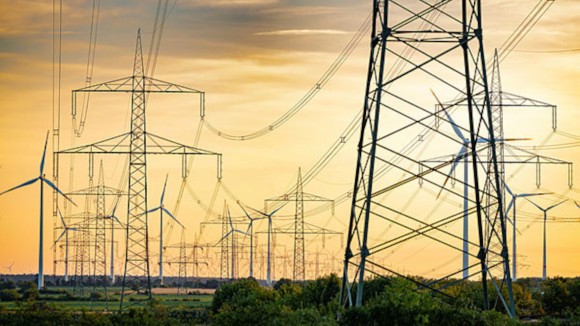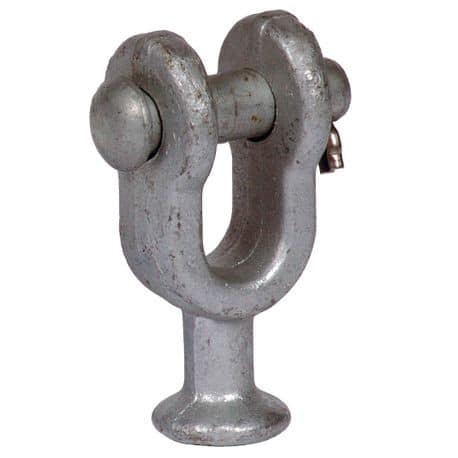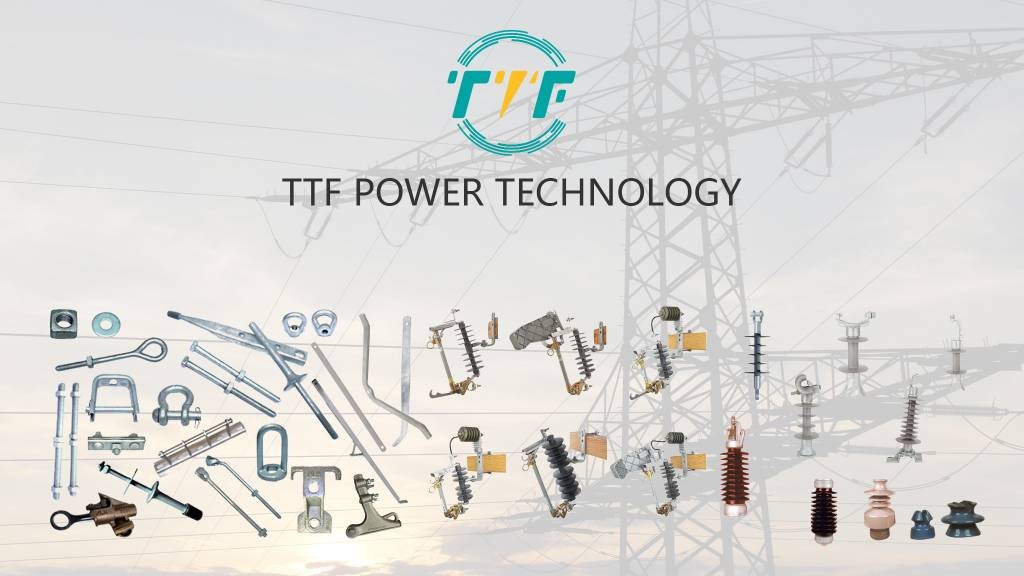
Argentina’s Vaca Muerta shale formation is one of the world’s major gas reserves. The country is developing energy infrastructure projects to bolster its electricity grid. It also plans to boost its gas pipeline capacity and upgrade electrical transmission. Recently, the government announced a $400 million transmission tender. This new grid expansion fund intends to increase energy reliability and promote renewable energy integration. The transmission line will also serve Argentina’s lithium mining plants in Salta province. The project is being constructed by generators YPF Luz and Central Puerto. It will include a 345 kV line spanning 140km and a second 220 kV line spanning 210km, serving up to 1 GW of new renewable capacity. Components such as ball clevises play a crucial role in expanding its power grid to support the growing renewable energy sector.
A ball joint connection is a forged steel hardware attachment that connects insulator strings to tower arms. It creates a secure yet adaptable mechanical interface between components in high-voltage overhead transmission networks. Rod end clevises connect insulators to towers, allowing for the safe and stable transmission of power. This is critical in Argentina’s Patagonia wind farms, as well as solar mega-parks in the Salta region. The clevis pin is used in the building of 500 kV and 132 kV transmission lines to withstand significant mechanical and electrical stresses. Galvanized ball clevises are highly corrosion resistant and mechanically flexible. This allows towers to endure wind, storms, and thermal expansion. It can protect transmission infrastructure, withstand environmental stress, and provide electrical safety.
Expanding Argentina’s electricity infrastructure with ball clevises.
Argentina is building out its energy infrastructure, which includes power transmission lines, gas pipelines, and renewable energy projects. A heavy-duty ball clevis provides secure, flexible, and long-lasting links in high-stress applications. Clevises provide flexibility, durability, and safety. The expansion of infrastructure necessitates high-quality clevis connectors. The $400 million transmission tender requires gear such as ball clevises to maintain structural integrity. Ball clevises play the following roles in the expansion of Argentina’s energy infrastructure.

- Power transmission and grid expansion—Argentina’s investment in high-voltage transmission lines demands the use of clevises. The ball joint clevis connects insulator strings to transmission towers for free movement. They also provide pivot points for tension change in overhead lines to improve grid reliability.
- Vaca Muerta expansion—ball clevises serve in the expansion of gas pipelines while allowing thermal expansion. Reliable clevis joints reduce failure risks due to vibrations and stress.
- Renewable energy installations—ball join clevises connect guy wires and support structures to ensure stability. This is crucial for Argentina’s push for wind and solar power. The clevises help in pivoting mechanisms to align panels with the sun. They also aid in gate control systems and loan-bearing structures.
- Ensuring grid reliability in harsh conditions— Argentina has diverse geographical conditions with environmental challenges. The clevis pins provide high corrosion resistance and mechanical flexibility. This is crucial to help towers withstand storms, winds, and thermal expansion.
- Industrial and maintenance applications—ball clevises are crucial for crane and rigging systems, towing and recovery operations, and heavy machinery articulation.
Potential for investments in energy infrastructure expansion in Argentina.
Argentina is working to modernize its power grid to incorporate renewable energy sources and improve electricity stability. It provides significant prospects for investment in energy infrastructure growth. This is due to Argentina’s enormous resources and dedication to increase energy output exports. Here are the primary areas for prospective investment.

- Development of the Vaca Muerta shale formation—this is one of the largest shale oil and gas reserves. However, only a fraction has been developed, which indicates opportunities for exploration and production.
- Expansion of midstream infrastructure—there is a need for investments in midstream infrastructure. For instance, major oil companies collaborate to construct a 600km pipeline from Vaca Muerta to the Atlantic Ocean.
- Renewable energy projects—the country is working to boost its renewable energy capacity with a target of achieving 20% renewable energy in its electricity mix. Argentina has favorable government policies, financial incentives, and renewable energy goals that attract investments.
- Cross-border energy exports—the nation has initiated gas exports to countries such as Brazil through existing pipeline networks. The development shows avenues for investment in enhancing cross-border energy trade infrastructure.